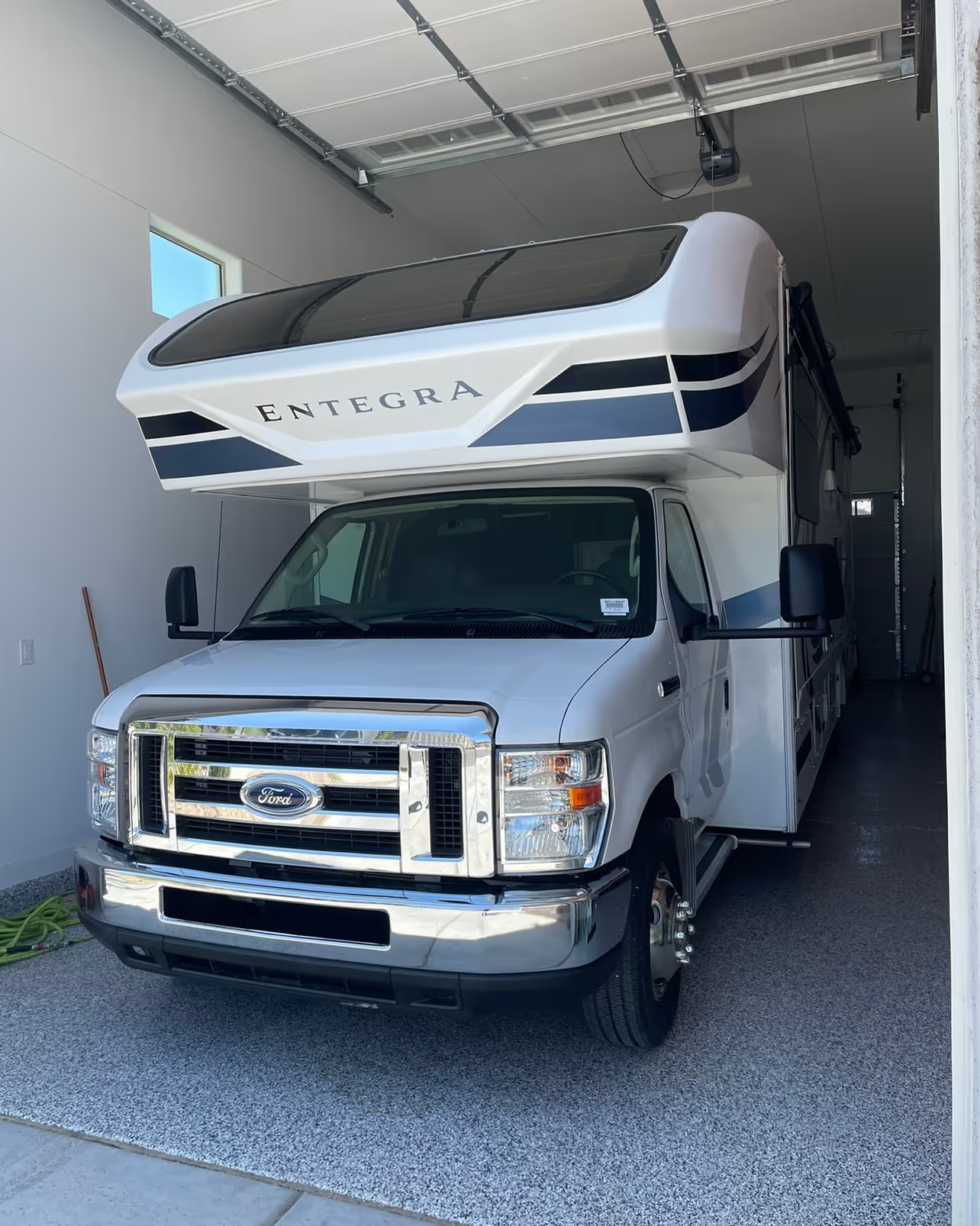The RV rental market is undergoing a profound transformation. What was once a niche travel option dominated by traditional dealerships is now evolving into a fast-growing, tech-powered ecosystem fueled by the sharing economy, digital nomadism, and new forms of ownership.
In this industry deep-dive, we’ll look at what’s driving the market growth, how rental management models are outperforming DIY options, and where the opportunity lies for owners, investors, and service providers.
Table of Contents
- The Current Size and Growth Trajectory of the RV Rental Market
- Key Drivers: Travel Trends, Lifestyle Shifts, and Economic Pressure
- The Rise of Peer-to-Peer and Managed RV Rentals
- Supply & Demand Imbalances Across North America
- Where the Growth Is Happening: Geography & Demographics
- Professionalization of the Market: Tech, Insurance, and SOPs
- Risks and Challenges Facing the Sector
- Future Outlook: Consolidation, Innovation, and Global Expansion
1. The Current Size and Growth Trajectory of the RV Rental Market

In 2023, the global RV rental market was valued at just over $800 million. Projections estimate this will grow to over $1.5 billion by 2030, with North America accounting for more than 40% of total revenue.
Peer-to-peer platforms such as Outdoorsy, RVshare, and RVezy have accelerated this growth by making RV rentals accessible, flexible, and comparable in convenience to Airbnb. According to Outdoorsy, bookings across their platform doubled from 2021 to 2023, with user growth outpacing supply in most regions.
This suggests a long runway for growth, especially in under-supplied secondary markets.
2. Key Drivers: Travel Trends, Lifestyle Shifts, and Economic Pressure
Several converging macro-trends are behind the explosion in demand:
- Post-pandemic travel habits: Travelers are opting for more controlled, nature-based, and road-focused experiences.
- Remote work: Digital nomadism and mobile lifestyles are fueling interest in long-term RV rentals.
- Rising cost of ownership: Many families want the RV experience without the financial commitment or storage hassle.
- Aging millennial travelers: This cohort is now the top demographic for RV rentals and favors flexible, curated adventures.
The result? More renters, more interest in managed options, and higher expectations for quality and service.
3. The Rise of Peer-to-Peer and Managed RV Rentals

Historically, RV rentals were dominated by large national brands and small regional dealers.
Today, peer-to-peer rentals (owners renting directly to guests) make up over 60% of the market in North America. But the P2P model has its challenges—lack of consistency, owner burnout, and poor guest experiences.
That’s why professionally managed RV rentals are on the rise. These offer:
- Streamlined guest communication
- Professional cleanings and checklists
- Integrated insurance and damage handling
- Higher nightly rates due to better quality and service
Owners love the passive income. Renters love the reliability. Platforms love the performance. It’s a win-win-win—and it’s fueling market shift.
4. Supply & Demand Imbalances Across North America
Despite growing interest, supply still lags behind in many areas:
- High-demand tourist corridors (Utah, Colorado, Northern California) experience rental shortages during peak season.
- Secondary and tertiary markets (Idaho, Arkansas, Nova Scotia) are growing fast but lack local inventory.
- Some metros have over 1,000 monthly searches for RV rentals and only a few dozen active listings.
This is creating huge opportunities for:
- Local entrepreneurs to manage fleets
- National operators to expand footprints
- Owners to achieve high occupancy and revenue with the right placement
5. Where the Growth Is Happening: Geography & Demographics
The top growth markets in the RV rental space include:
- Western U.S.: Utah, Arizona, Oregon, and parts of Texas
- Canadian corridors: Alberta, BC, and Atlantic Canada
- Sunbelt metros: Phoenix, Tampa, Las Vegas, and Austin
Demographically:
- Millennials (27–42) now make up the largest share of RV renters
- Young families want camping comfort without RV ownership
- Remote workers and seasonal contractors seek monthly rentals
This younger, more digitally native guest cohort is driving expectations for smart bookings, on-demand delivery, and lifestyle-branded experiences.
6. Professionalization of the Market: Tech, Insurance, and SOPs
As the industry matures, standards are rising. Successful RV managers are now expected to:
- Use software like Wheelbase or OwnerRez
- Provide commercial insurance and pre/post-trip inspection protocols
- Maintain detailed service logs
- Automate pricing and calendar syncs
This is good news for serious owners and operators—it rewards professionalism with higher returns and builds guest trust. For new entrants, this signals a need to level up or partner with a management service.
Professionalization is also paving the way for the institutionalization of RV fleets, similar to what Airbnb saw with property managers.
7. Risks and Challenges Facing the Sector

No market is without risks. In RV rentals, key concerns include:
- Insurance complexity: Navigating damage claims and coverage gaps across provinces or states.
- Seasonal dependency: Winter in northern regions often means downtime unless trailers are delivered south.
- Platform reliance: Overdependence on a single channel like Outdoorsy can be risky if policies or fees change.
- Quality control: Inconsistent guest experience can hurt occupancy and reviews.
To succeed, operators need multi-channel strategies, redundancy in operations, and strong local service partners.
8. Future Outlook: Consolidation, Innovation, and Global Expansion
Looking ahead, we see several forces shaping the next phase of RV rental management:
- Consolidation: Mid-size managers will roll up under larger brands.
- SaaS Growth: More purpose-built tools for rental management will emerge.
- EV Adoption: Electric RVs will require new infrastructure and training.
- Global Expansion: Platforms will push into Europe, Latin America, and Southeast Asia.
And most importantly:
- Owner expectations will evolve—RV owners will increasingly view their vehicles not just as hobbies, but as monetizable assets requiring proper stewardship and strategy.
In short, the RV rental market is going from casual to consequential. For those building early, it’s a chance to participate in an industry on the rise.
– RVM Team













